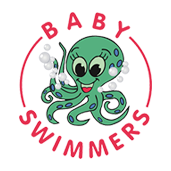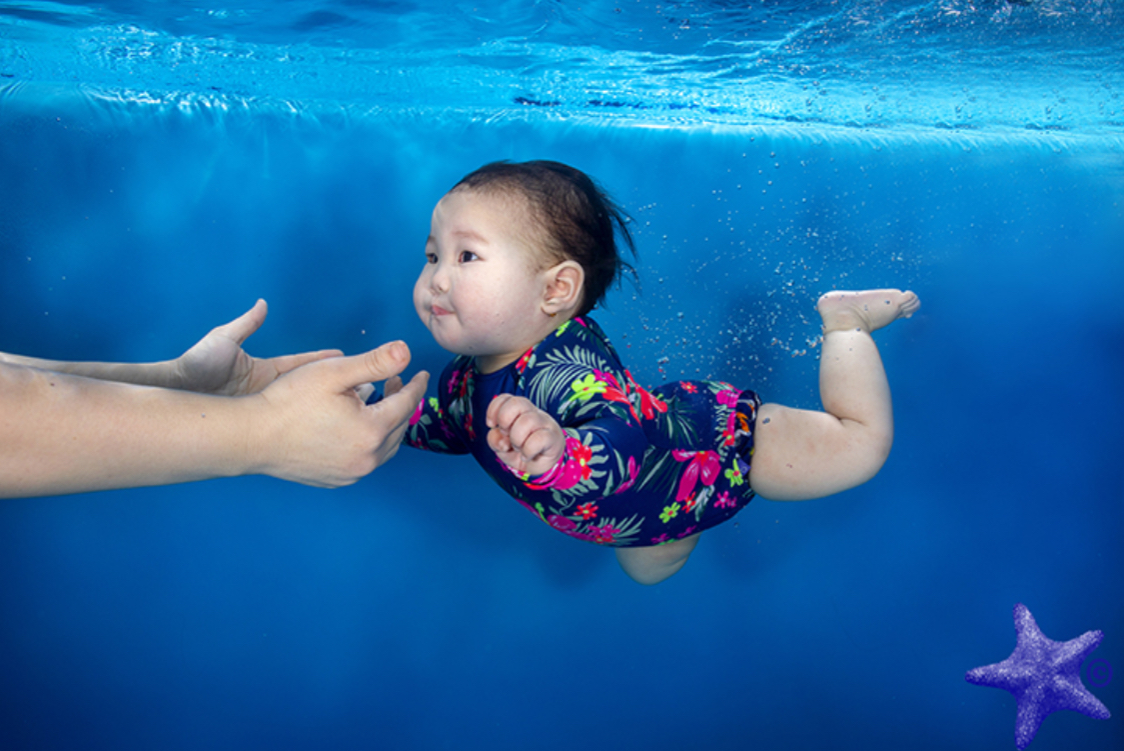Top 5 Water Confidence Exercises for Babies and Toddlers
Building water confidence from an early age is essential for helping babies and toddlers feel comfortable and safe in the water. At Baby Swimmers, we specialise in baby swimming lessons in York, Leeds, Bradford and Harrogate, designed to introduce little ones to water in a fun and reassuring way. Here are the top five water confidence exercises to try with your baby or toddler.
1. Gentle Water Splashing
Helps with: Water awareness & sensory stimulation
Encouraging babies to splash water with their hands and feet introduces them to the feel of water in a fun, engaging way.
How to do it:
- Sit in a warm pool with your baby and gently splash water around them.
- Encourage them to copy you by tapping the water with their hands.
- Sing songs like “If You’re Happy and You Know It” to make it a playful experience.
2. Blowing Bubbles
Helps with: Breath control & reducing water anxiety
Blowing bubbles is a simple but effective way to introduce babies to breath control in water, an essential skill for swimming.
How to do it:
- Show your child how to blow bubbles in the water by demonstrating first.
- Encourage them to put their lips in the water and try blowing gently.
- Praise them even if they only make small attempts.
3. Floating with Support
Helps with: Water buoyancy & body awareness
Floating helps babies get used to water buoyancy while feeling secure with their parent or instructor.
How to do it:
- Support your baby under their head and back then gently glide them on their back in the water.
- Use your arm as a support and keep eye contact for reassurance.
- Let them feel the sensation of floating without fear.
4. Reaching for Floating Toys
Helps with: Coordination & arm movement
Floating toys encourage babies to reach and move their arms, developing early swimming movements.
How to do it:
- Place a floating toy slightly out of reach in the water.
- Encourage your child to reach for it by paddling their hands.
- Slowly increase the distance as they become more confident.
5. Mini Submersions
Helps with: Water adaptation & building trust
Mini submersions introduce babies to brief underwater experiences while ensuring safety and comfort. Classes are child led and we always check your little one’s expressions to make sure they are happy before any submersions take place.
How to do it:
- Hold baby facing you, take them back and forth blowing bubbles, then count to three and gently guide them under the water for one second bringing them back up towards you.
- Always smile and reassure them when they come up.
- Gradually increase the duration as they become comfortable.
Final Tips for Water Confidence in Babies & Toddlers
- Keep all activities fun and pressure-free.
- Use positive reinforcement like clapping and cheering.
- Ensure water temperature is warm and comfortable (around 32°C for young babies).
- Always follow water safety guidelines.
Join Our Baby & Toddler Swimming Classes in Yorkshire!
At Baby Swimmers & Swimmers Academy, we offer expert-led baby swimming lessons in Bradford, Leeds, York and Harrogate to help little ones build water confidence in a safe and enjoyable environment.

